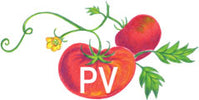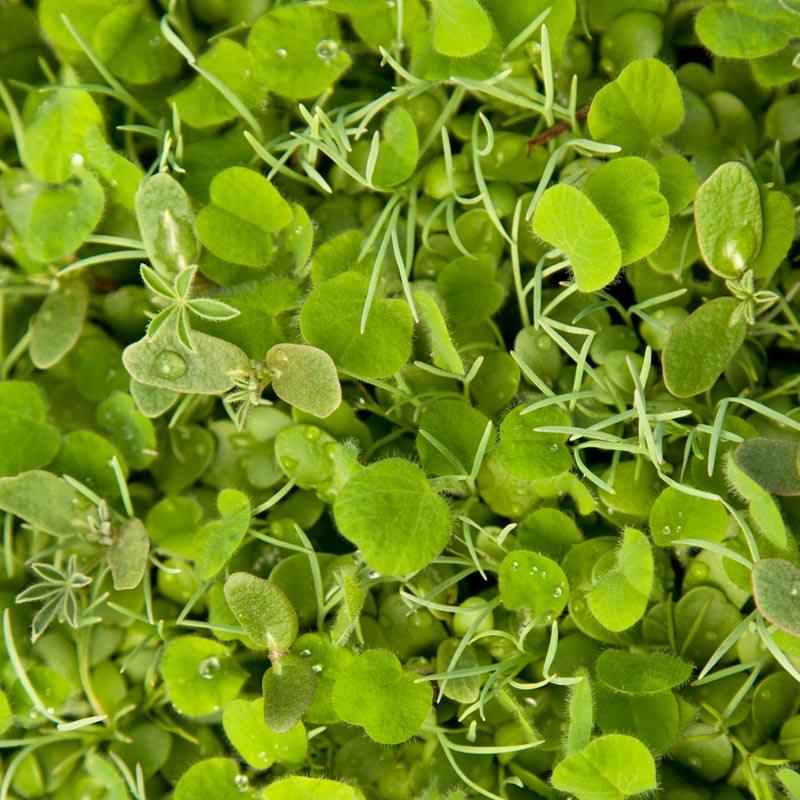Item Number: SLL600
Peaceful Valley Regional Western Colorful Dryland Wildflower Mix - Nitrocoated Seed (lb)
Create a Beautiful Meadow with this Mix
This colorful wildflower and legume mix blooms in spring and summer, reaching heights of 12–36". It includes six species—three native and three imported—with five annuals and one perennial. Contains crimson clover, Hykon rose clover, blue lupine, Berseem or Persian clover, California poppy, and yellow lupine. Ideal for full sun sites with low fertility and minimal competition from tall grasses. Clovers are nitrocoated for nitrogen fixation. Plant in fall or early spring; fall seeding should occur when soil temperatures are below 40°F to delay germination until spring. Spring plantings may require irrigation in dry climates for successful establishment and reseeding.
- Bloom Season: Spring/Summer
- Height: 12–36"
- Contains: Crimson clover, Hykon rose clover, blue lupine, Berseem or Persian clover, California poppy, yellow lupine
- Seeding Rate: 1/4–1/2 lb per 1,000 sq ft or 14 lb per acre
Fall and spring are the best times to plant wildflowers. Fall-planted seeds do not need to be irrigated and should be planted late (even into the winter). This is so the soil is too cold for the seeds to germinate (40°F or less). The seeds will stay dormant in the soil until it warms up in the spring.
In areas that do not get late spring or summer rains, spring-planted wildflowers will need to be irrigated until they bloom and set seed the first year, but they will naturalize to grow with winter rains in following years. Wildflowers grow best on sites with full sun, low nitrogen, low soil fertility, and with existing stands of shorter grasses for soil stabilization.
Made to order. Minimum order quantity is 50 pounds.
Note to Certified Organic Growers from Manufacturer: Nitro-coated seed is conventionally grown seed that has had an organically accepted seed coating applied to it. The seed itself is conventionally grown, non-GMO, and untreated (no fungicides or insecticide seed treatment applied) prior to coating. The seed coat consists of certified organic powdered limestone, an organically approved binder (glue), and peat peat-based inoculant that is also OMRI-approved and organically accepted. The seed coating is applied in a OMRI-approved process in a separate treatment line that only produces Nitro-coated seeds.

Check Your Zone Compatibility:
Compatible with your zone.
Growing Zone for

Our Guarantee To You
Since 1976, we've served our customers at every stage of growing. Please contact us at any time. We are happy to support and assist you.
Shipping Information
Shipping Information
Shipping Weight: 1.1 lb
Dimensions: 8.0"L x 6.0"W x 2.0"H
Features
Features
- Attracts Bees/Butterflies
- Attracts Beneficial Insects
- Attracts Hummingbirds
- Easily Established
- Fixes Nitrogen
- Good for Naturalizing
- Lawn Alternative
- Somewhat Drought Tolerant
Characteristics
Characteristics
Planting & Care
Planting & Care
Fall and Spring are the best times to plant wildflowers. Fall planted seeds do not need to be irrigated and should be planted late (even into the winter). This is so the soil is too cold for the seeds to germinate (40&F or less). The seeds will stay dormant in the soil until it warms up in the spring.
In areas that do not get late Spring or Summer rains, Spring-planted wildflowers will need to be irrigated until they bloom and set seed the first year, but they will naturalize to grow with winter rains in following years. Wildflowers grow best on sites with full sun, low nitrogen, low soil fertility and with existing stands of shorter grasses for soil stabilization.
Useful Information
Useful Information
Guarantee
Guarantee
Share






